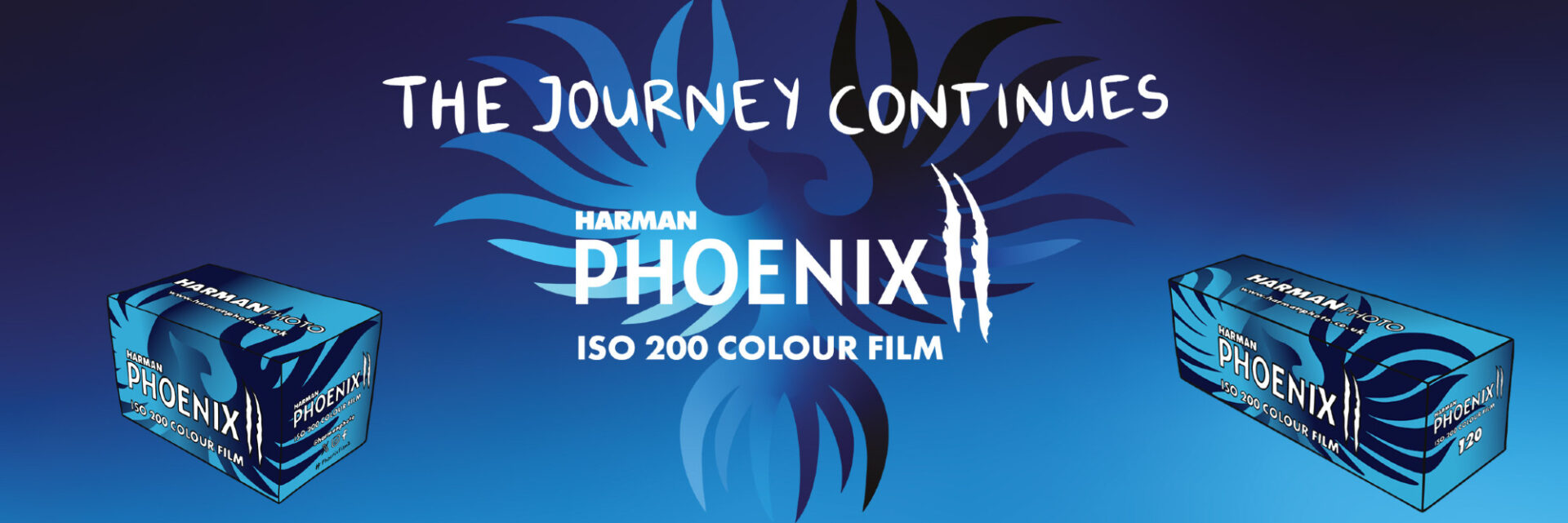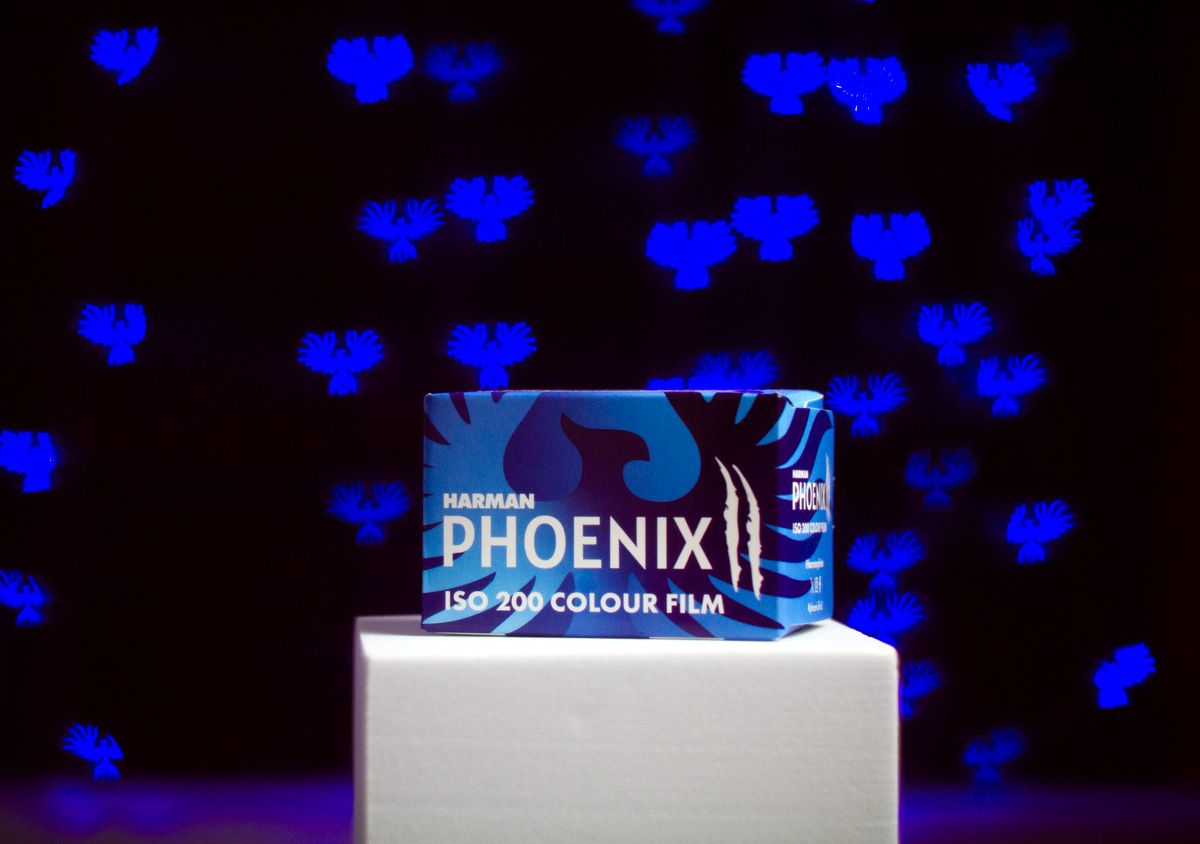HarmanPhoto officially released their newest colour negative film — Harman Phoenix II. It’s already available in both 35mm and medium format.

What is it?
Harman Phoenix II is a second generation ISO 200, C41 process, colour negative film made by Harman Photo.
First, a reminder — Harman Photo is technically Ilford Photo, a company well known by their black & white films. For legal reasons (it’s a mess), they’re using their less known, corporate name for colour films.
Now, according to the press release, everything leaked a few days ago — as we already reported — got confirmed. So, “improved contrast, grain, highlight/shadow retention, and sharpness”. It’s also “less bold and unpredictable than the original”, but should still offer “plenty of character”, “improvements to contrast, grain and sharpness”, all helping it to “retain shadow and highlight detail, and enable more flexibility in exposure latitude”. As with the original, “the final look will vary based on the scanner used”.
Comparison
Without testing the new film on my own, I can only relay the official comparison with the original Phoenix ad verbatim, and provide a commentary.
Compared to the original Phoenix film, Phoenix II has a more normal contrast, colour balance and finer grain. It also has a wider exposure latitude and is more flexible and less radical than original Phoenix, yet still offers a different look and feel to mainstream colour films and should still be considered a creative, experimental film.
The film can exhibit halation in high contrast lighting and lack of an orange mask means the colour rendition can be unusual compared with an established colour film.
Negatives have a purplish appearance when processed in standard C41 chemicals, this is normal.
Commentary
More normal contrast, wider exposure latitude and better flexibility are welcome changes, both for less experienced photographers and for studios scanning the film (or people scanning on their own). Better flexibility also increases the appeal of this film for everyone not wanting, willing, or not knowing how to play around a very limited dynamic range. Or, simply not having the tools to circumvent it — compact camera users, rejoice!
Improved sharpness is a very welcome improvement. The original film was simply not sharp. Photos aren’t soft, shaken or not defined well, they just aren’t sharp. Not a big flaw, but I welcome the improvement!
Better colour balance is another welcomed improvement, since the original Phoenix definitely wasn’t a true-to-life film. It doesn’t have a muted palette of a Wolfen NC500 film, nor is it super-saturated like Velvia, it has its own, characteristic palette I like a lot, and according to released sample photos, Phoenix II won’t deviate too much. Also, halation should not be as visible, this time.
This time, Harman provided a detailed set of instructions, a whole set of step-by-step, cookbook-level procedure for the most common Frontier and Noritsu studio scanners. I hope that will help people using this film will receive photos that look like they expect them to look, and there’ll be less frustration.
Harman supplied a data sheet, and there’s a nifty spectral sensitivity graph there, as well as a reciprocity failure graph. If you plan to use it for exposures over 1 second, check the graph.
Phoenix II is still not widely available, but according to Foto Impex1, it is priced at 16.08€ for 135 and 13.65€ for 120 roll2. More than the original Phoenix, but still acceptable — it is more expensive than Wolfen NC500 or Kodak UltraMax 400, but less expensive than Kodak Ektar 100, Portra 160 or Cinestill 50D.


Fact sheet
- 135-36 and 120 formats available — no shorter, 24-frames version,
- Speed rating of ISO 200/24°, DX coded — works the best in EI 100-200 range,
- push processing not recommended,
- standard C41 process, purplish base,
- made in the UK.
Resources
- Harman Phoenix II official webpage
- Harman Phoenix II data sheet (PDF)
- Harman Phoenix II on Foto Impex webshop

